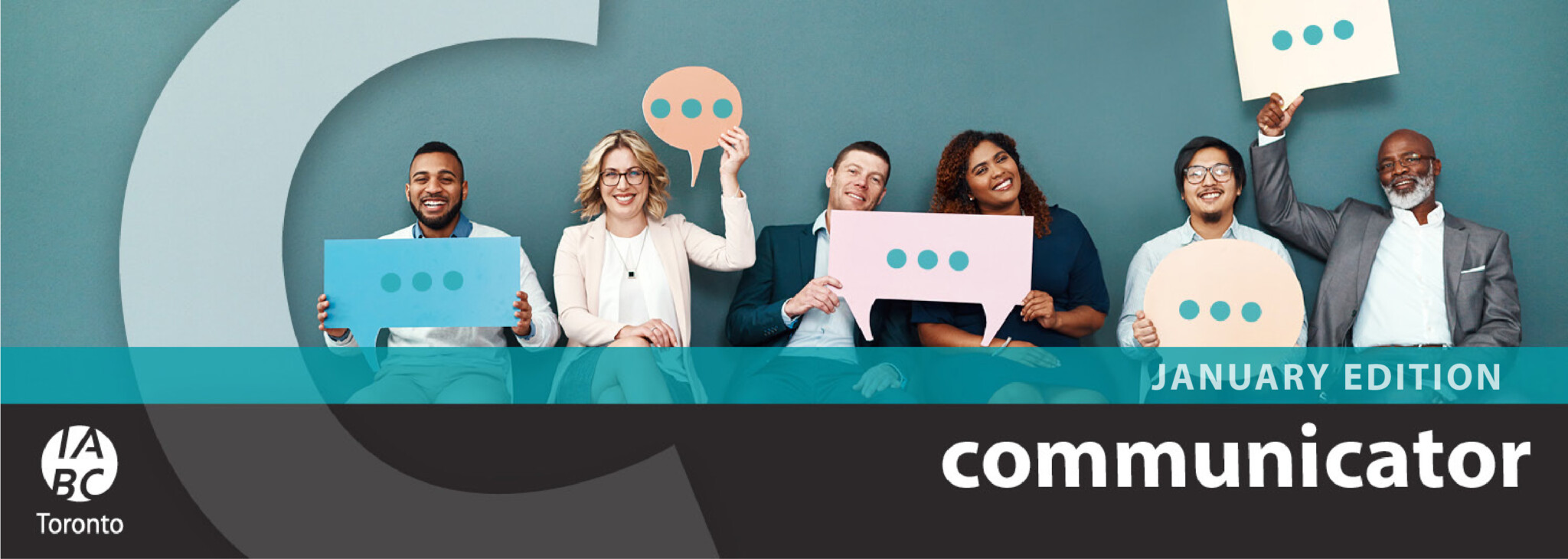By Caterina Valentino
Caterina Valentino shares how a situational base response plan can help you stay mentally and physically fit for the pandemic and beyond.

It was mid-March 2020. Mostly every business was shuttered. I had exchanged swimming for walking. Pausing at the corner of Yonge Street and Church Avenue in North York for the pedestrian light, I was enveloped by the silence at what usually was one of Canada’s busiest and noisiest streets. The stillness unsettled me. My day’s work plan vanished from my memory. COVID-19 was toying with my mental well-being. That’s when I remembered Timothy Coombs’ base response model for crisis communications. With some re-framing, I could use Coombs’ model to design my personal pandemic base response, aimed at keeping me mentally and physically fit for the pandemic and beyond. And I did just that.
Base response plan
The first step to creating a base response plan is to develop a position statement. That’s a written declaration expressing actions undertaken to best serve yourself, which in turn allows you to best serve your clients’ needs.
My position statement was simple: Analyze, position and plan for success.
Situational analysis
A situational analysis revealed that, while the pandemic had closed the external environment, my internal environment was vibrant. The professional associations and networks I subscribed to had pivoted. My inbox was brimming with free access to priority journals, databases and books. Each invitation represented an opportunity to connect with and learn from colleagues in real-time, experiencing similar circumstances. Live streaming went viral. Connecting with like-minded professionals at any time of the day was just a link away. I was no longer isolated.
IABC Canada and its Toronto chapter offered just-in-time sessions on topics of interest. And the IABC’s Hub had one-stop access for everything COVID-19 and public relations.
Caveat: Virtual meetings are addictive. Every topic can be alluring and, with barriers to entry lowered: no travel required, no entry fee and easy registration, one soon found oneself triple booked for concurrent virtual sessions. Quadruple if I had had four devices to use!
Be warned. Time is a fixed resource. It’s instantaneously perishable. Don’t fall for the allure of registering and receiving the recording. If you can’t spare the time now, the likelihood of viewing it in the future is slim to none.
The University of Toronto, my alma mater, responded quickly and moved its fitness and meditation classes online, synchronously and asynchronously. Many of these classes are still on YouTube, accessible and shareable.
YouTube blossomed with free live-streaming quality exercise programming. And my favourite, the Participation app provided jack-on-the-spot round-the-clock exercise videos, evidence-based bits of research on the benefits of exercise for one’s physical and mental health all incentivized with the opportunity to win gift cards from reputable sports outlets. Within the confines of my small office space, my smartphone was connecting me to more than sufficient resources to keep physically healthy.
The Centre for Addiction and Mental Health (CAMH) was chockablock with focused, well-presented, available in different viewing formats mental health resources. The Science Table COVID-19 Advisory for Ontario website provided accurate information related to the pandemic. While this plethora of resources facilitated writing my base response, to make the plan sustainable, I needed to understand my motivation.
Understand motivation
Ask Why
Ask yourself “why” five times for each activity you want to accomplish. It’s akin to Laura Joffe Numeroff’s book If You Give a Mouse a Cookie…
Template: I want (blank) because (reason).
Sample: I want to keep active because being physically active will help me transition back to swimming.
Transitioning back to swimming allows me to socialize with my swim friends.
Socializing with my swim buddies keeps me grounded and mentally alert.
Keeping mentally alert helps me to be more productive at work, and of value to my organization and my colleagues.
It soon became apparent that the goal of swimming was anchored to my desire to do my job well. Doing my job well boosted my self-esteem, and self-actualization.
Understand what Excites You?
Remember to focus on what excites you about what you do. What are your passions? Passionate people attract others and make enduring relationships possible.
What’s my legacy?
To maintain good mental health, one needs focus. To achieve one’s hopes and dreams one needs to focus on the small steps to accomplish the larger goal. Focusing on the small steps pulls one toward their raison d’être. Identifying one’s raison d’être is a strong intrinsic motivator.
Celebrate the small achievements. Be kind to yourself. Have fun and feel inspired.
On the top of my laptop, I have taped the best of my Chinese fortune cookie prognostications. They are the first words I see in the morning and the last thoughts I see when I close my laptop. “Life isn’t about waiting for the storm to pass. It’s about learning to dance in the rain” (Vivian Green).
Designing a personal base response will assist you to stay mentally and physically healthy and productive now and for the post-pandemic world. Taking steps to maintain physical and mental health will result in symbiotic and productive relationships with one’s colleagues and employers, as well as internal and external clients. It’s these connections that promote mental well-being and resilience.

Caterina Valentino (Ph.D., MBA, MPA) is a dynamic, people person who practices the concepts of teamwork and collaboration. An experienced educator, health care leader, she possesses a diverse body of knowledge. Caterina is comfortable researching and writing on many topics. She completed post-graduate education in public relations, leadership accessibility and inclusion. Contact Caterina @CaterinaLucia or caterina.l.valentino@gmail.com
Return to the Winter 2022 Issue of Communicator
READ MORE

Communicator January 2025: Accessibility and Artificial Intelligence (AI)
In our January edition, we explore how Accessibility and Artificial Intelligence (AI) are reshaping the communications landscape, balancing cutting-edge innovation with empathy and inclusion for a rapidly evolving future. Read […]
10 Goals for Growth for 2025
By Mandy Silverberg Mandy Silverberg offers goal setting tips for communicators to grow personally and professional in 2025. Looking to grow professionally and personally in 2025? Start […]
How AI Can Make us Better Professionals
By Bryan G. Jones, Founder and CEO BGJ Global Business owner Bryan G. Jones discusses the impact of artificial intelligence on the role of communicators and offers tips on […]
Communicating your message in multiple languages
By Linda Bicho-Vachon Linda Bicho-Vachon looks at AI translation tools and whether they can reduce our reliance on human translators. If you’re a multi-national company, communicating a […]
Communicating across cultures
Making messages meaningful in a multicultural world By Roopal Chaturvedi “As communicators, our task is clear: make messages land, not bounce.” Roopal Chaturvedi describes the challenges of communicating across cultures […]
AI and Accessibility: Opportunities and challenges for professional communicators
By Matisse Hamel-Nelis Accessible communications and marketing expert, Matisse Hamel-Nelis covers the AI tools that are helping communicators make their content more inclusive. AI is no longer […]